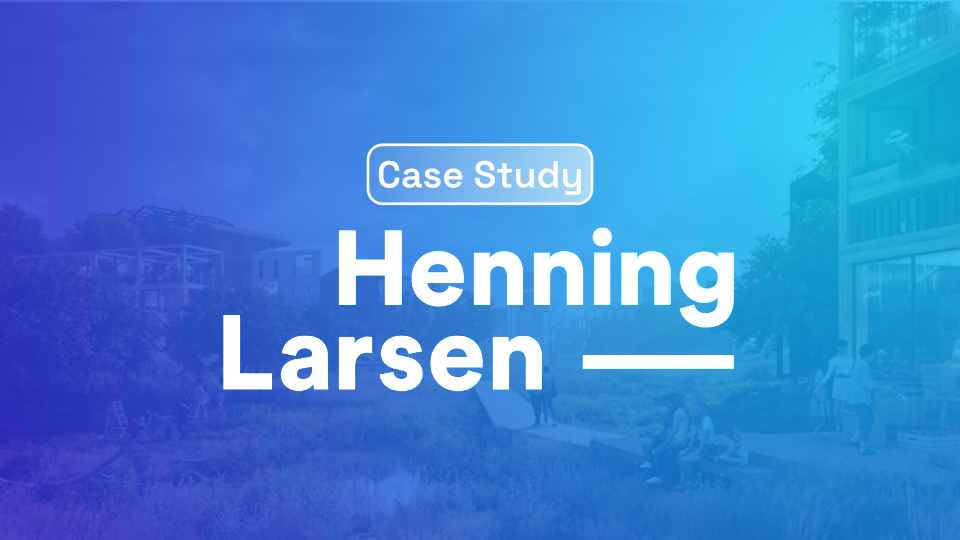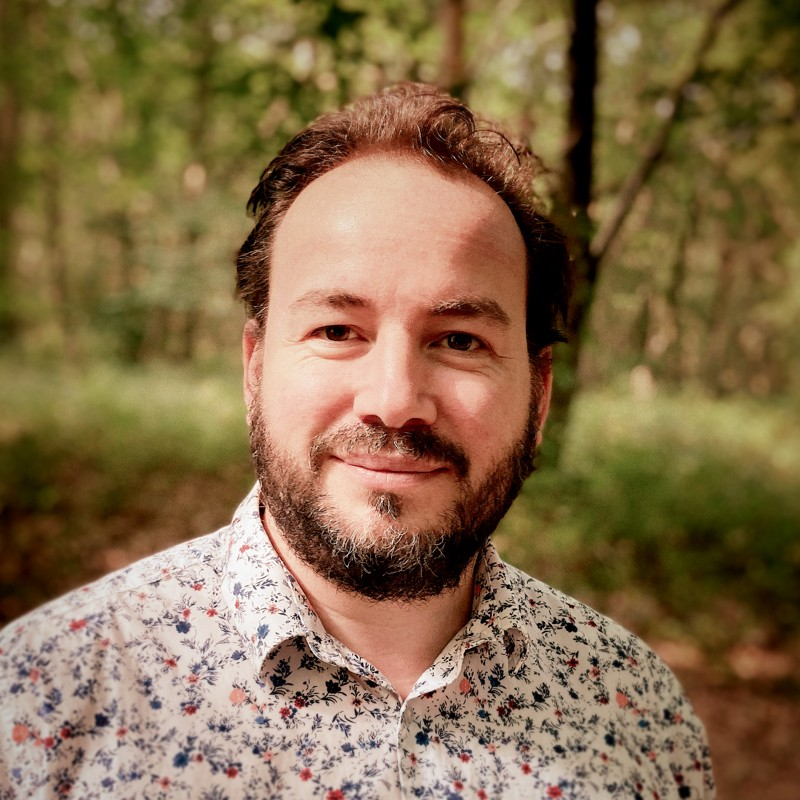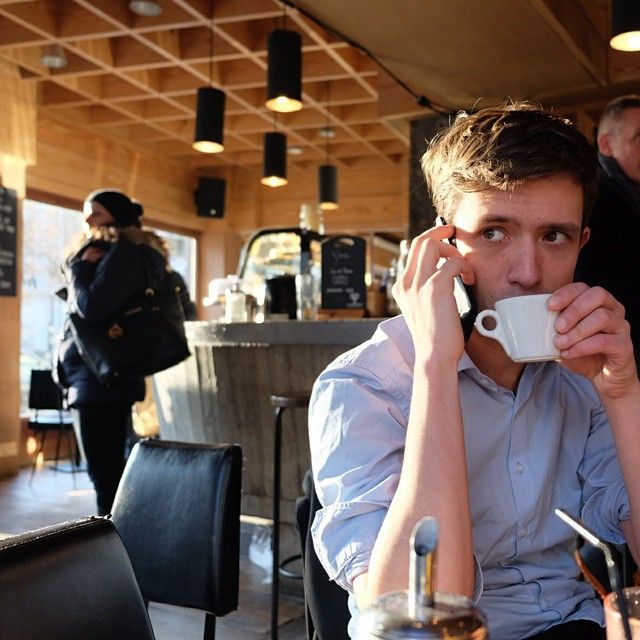Mariusz Hermansdorfer, the Head of Computational Design at Henning Larsen, spoke to us about how they used Speckle in developing a multidisciplinary project - Fælledby, an all-timber neighbourhood in Copenhagen that has sustainability and landscape at its heart.
The Fælledby project is a showcase for environmental and social design and innovative construction technologies that Henning Larsen pioneers. Among these is the use of Speckle, the open-source collaborative platform, for coordination and communication among the various teams involved in the project.
In this case study, Mariusz Hermansdorfer reveals how he and his team adopted Speckle and solved common pain points around disciplinary silos, software silos and meaningful design data exchange.
Facilitating a Design Hub
According to Mariusz, Speckle can be seen as both a hub as well as a facilitator. As a hub, Speckle served as a central gathering point for much of the project’s in-progress data and context; as a facilitator, Speckle helped coordinate the information flow and enabled a collaborative workflow amongst the various teams involved in the project.
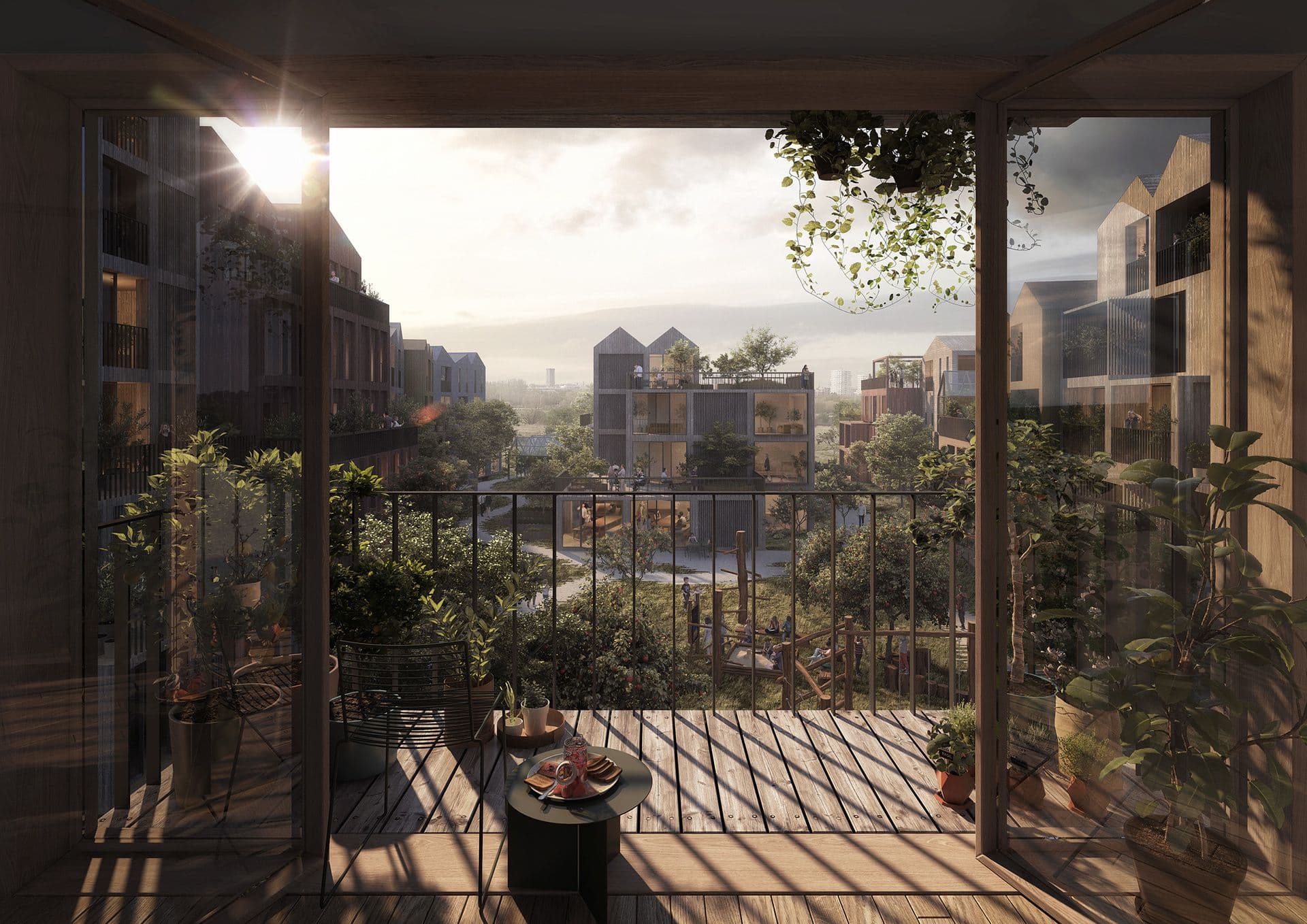
A key takeaway that Mariusz shared with us is that having a productive central design data repository (hub) is much easier if it is the result of facilitating collaborative workflows: it will naturally aggregate, and it will be, by default, useful - capturing key design decisions that the team took. This echoes one of the core tenets around which Speckle has been built: information, without being consumed productively by people, is just noise.
Creating A Collaborative Practice
Mariusz and his team developed a set of “practices” or informal “terminologies” when using Speckle. This helped them internally adopt and evangelise collaborative workflows towards the wider project team.
Re-Referencing
The back-and-forth interchange of pertinent design context between different disciplines and tools is a constant problem in the AEC industry: it is costly, file-based and usually doesn’t happen fast enough.
For example, in a “traditional” workflow, the Landscape, Architecture and Civil Engineering teams would rely on exchanging information with each other that is the same as their design package deliverable. Problematically, this would also mean it would be shared later than when it was useful, in various file formats, and, most importantly, not focus on the needs of the receiving team, which would need to expend extra effort to parse it.
In the Fælledby design process, Speckle was used to share curated design data, such as the building perimeters, entrances and levels between each team involved. As such, the work of each could progress more rapidly, iteratively and without the inertia caused by files and formats by referencing just the information they needed to get the work done.
Focus Federation & Partial Handoffs
The interplay between landscape and design in the Fælledby project required a highly coordinated division of design focus among the teams involved in the project. Usually, this would entail working in isolation with specific coordination moments.
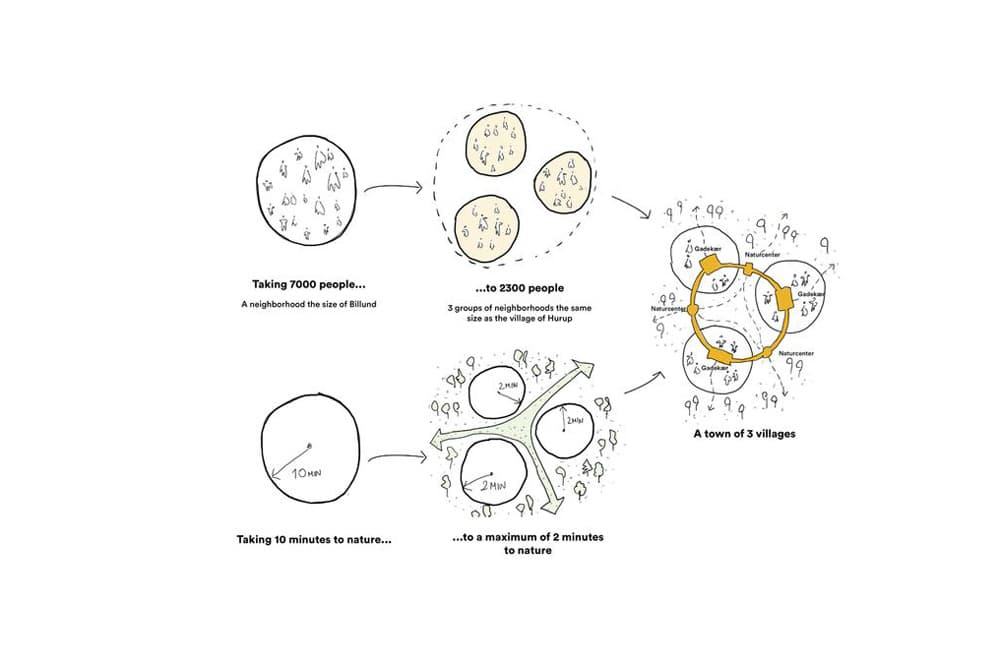
Despite working on different aspects of the project, teams could share information using Speckle. This enabled a cohesive overall design while giving design leads control over how and where to coordinate. What developed was a culture of partial hand-offs that allowed each team to focus on its specific areas of expertise while still being able to integrate and coordinate with the larger project.
Software Hot Swapping & Vendor Independence
Mariusz’s technology team also coined “software hot swapping” to describe being able to easily jump between different authoring tools within the design process. For example, late in the project, the team needed software with a different host of capabilities to progress the design to completion to that which their current package offered. All the in-flux design information readily available in Speckle meant that ingesting that data in a new tool was nearly seamless. The design process could continue without the overhead usually associated with swapping between authoring tools.
Moreover, Mariusz remarked that this allows them to dynamically orchestrate the design process across license availability constraints and team members’ software proficiency. Henning Larsen, being not just a multidisciplinary design office but also a multi-regional one, benefits from the measure of vendor independence Speckle brings; each region can choose to work with the software tools that best work for them and their workforce while at the same time still being able to participate in the design process of the Fælledby project collaboratively.
Adopting Speckle: Mob Management
One question or hesitation that many companies have is how difficult or costly it would be to apply Speckle throughout the design teams. When we asked Mariusz about this, he explained that Speckle suited Henning Larsen’s general technology playbook of “deploying evangelists” into teams (we also hear of gurus and ninjas).
Moreover, given this approach, the project is understood well enough by enough team members that there wasn’t a need for a single gatekeeper to control how their Speckle server was managed. To coordinate the Fælledby project, countless model branches and sub-branches were utilised. This, coupled with Speckle’s immutable object-based versioning system, allowed Mariusz’s team to build confidence in their project delivery process.
Sharing In The Open
The Fælledby project is a forward-thinking example of sustainable development that leverages innovative technologies and design approaches to create a low-carbon, liveable community.
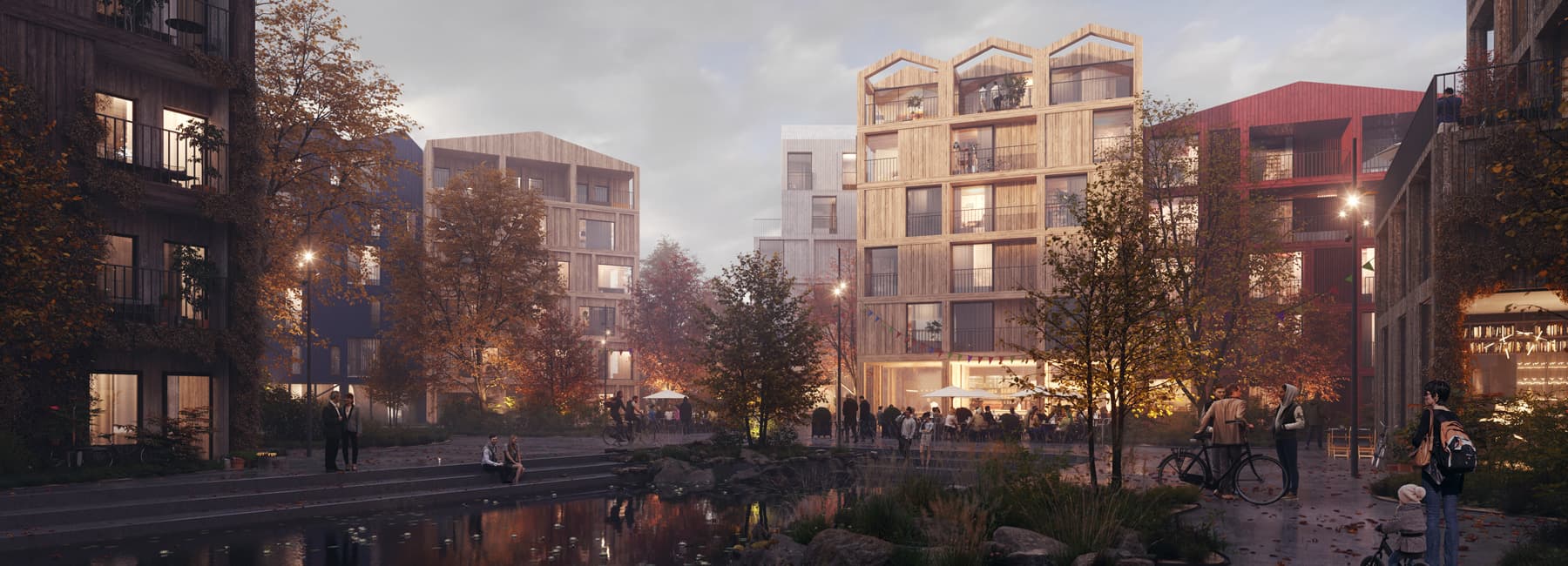
We’re thrilled that Speckle played its part in it and helped create a more cohesive and coordinated design process and adapted to the needs of the Fælledby project.
We strongly believe that the right tools can lead to truly astonishing designs in the hands of the right people. More importantly, we would like to thank Mariusz Hermansdorfer for being that right person and sharing his insights and expertise with the wider open-source community!
Credits: Mariusz Hermansdorfer, Henning Larsen
Disciplines at Play: Architecture, Landscape Design, Computational Design
::: tip
Get your monthly dose of Speckle news below👇
:::

